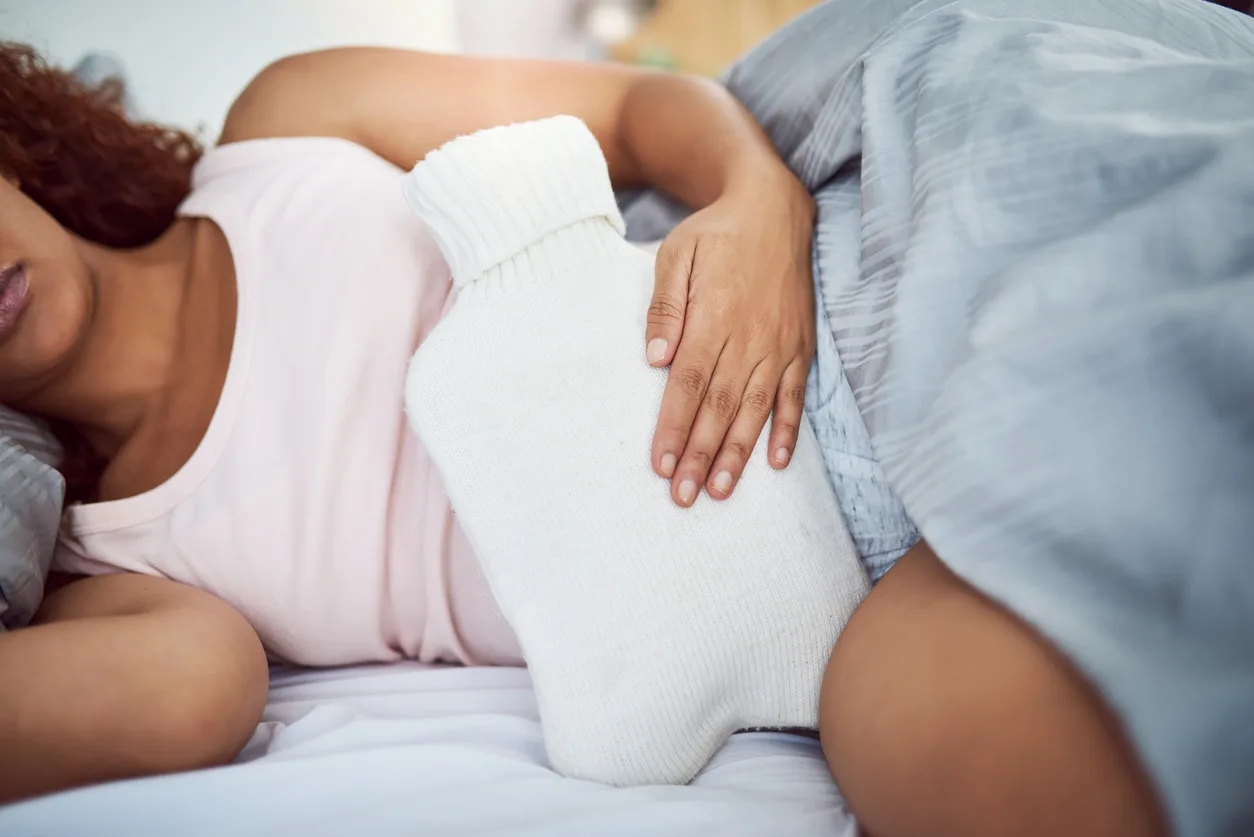Polycystic Ovary Syndrome (PCOS) is one of the most prevalent hormonal disorders among women, impacting as many as 1 out of 10 during their reproductive years. Although symptoms such as acne or irregular periods might appear right after your first period, they’re often overlooked as part of growing up and difficult to identify as PCOS in adolescents or tweens. Women usually discover they have PCOS when experiencing difficulty getting pregnant and consult an HCP; once diagnosed, steps are available to manage the disorder through various stages in life. Here’s everything you need to know to help manage PCOS during different life stages:
What Is PCOS?
PCOS, or Polycystic Ovary Syndrome, is a hormonal imbalance in women. Under normal circumstances, women’s bodies produce small amounts of androgen — the male sex hormone which stimulates sexual desire in male sexed organisms — but during PCOS their bodies produce too much androgen causing overproduction of this male hormone which interferes with ovulation process leading to egg retention or cyst formation instead. With PCOS present, your ovaries might become blocked from producing eggs as you could experience difficulty in releasing eggs due to high androgen production — leading to blocked eggs being held inside your ovaries or cyst formation from occurring as you could end up not releasing eggs while having trouble ovulated due to these high androgens levels causing your ovaries being prevented from producing enough of this male hormone; instead you might develop small cysts on your ovarian cysts on your ovarian cysts due to overproduction by your body producing too much androgen can interfere with ovulation occurring, thus stopping your ovaries releasing an egg; thus leading to preventable ovulnification as your ovaries being prevented from releasing an egg; instead resulting in small cysts developing instead ovarian cysts on them due to high androgen production by your body overproducing too much or producing androgen producing too much androgen production thus leading to non-ovulnised cysts on them instead ovaries becoming pregnant instead developing due to high levels.
